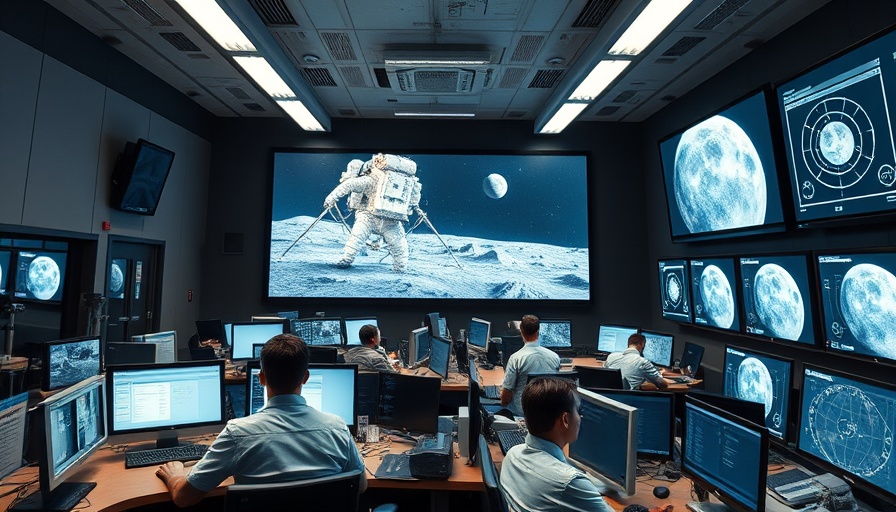
A New Chapter in Private Lunar Exploration
On June 6, 2025, the private lunar lander Resilience, from Japan's ispace, made headlines as it launched toward what many had hoped would be a successful touchdown on the moon. It was a tense moment for the company, whose previous attempt ended in failure. But as the lander descended, excitement turned to uncertainty when communication was abruptly lost during the crucial landing phase.
What Went Wrong During the Descent?
The descent of the Resilience lander, carrying a mini rover named Tenacious, was expected to unfold smoothly, as detailed by the team at ispace. They had previously confirmed that the lander had successfully dropped out of lunar orbit without incidents, raising hopes for a successful landing. However, after an hour-long descent, communication ceased, leaving mission control in the dark and viewers stunned as the livestream feed abruptly ended.
Learning From Past Mistakes
This mission was particularly significant as it followed the crash landing of ispace's first lunar lander, marking a renewed commitment with the mantra of resilience guiding the team. According to experts in the space industry, failures are common in space exploration, especially for private companies just entering the field. For instance, ispace's landing site in Mare Frigoris was chosen due to its flat terrain, indicating careful planning based on previous data related to lunar landings.
The Bigger Picture: The Rise of Private Space Ventures
The moon, once the sole domain of national governments like the U.S. and Russia, has become a focus for private companies since 2019, where more failures than successes mark a nascent field. Despite the setbacks, there have been notable advancements among private firms with companies such as SpaceX leading the way in successful lunar missions. The competition and collaboration in this space can drive technological advancements, fostering innovation as companies learn from one another, making the industry generally more robust even amid failures.
Potential Impact on Future Missions
Resilience was equipped with state-of-the-art technology intended to gather valuable data from the lunar surface. The Tenacious rover was set to explore its surroundings and gather lunar soil, potentially aiding NASA and scientists worldwide to understand more about the moon's geology and resources. Such efforts could pave the way for future missions aimed at long-term lunar exploration and even colonization.
Looking forward, the lessons learned from both successful and failed attempts will be essential for guiding future missions. With increasing interest and technology advancements, the prospects for sustainable lunar missions are withing reach. However, the challenges must not be underestimated; technical failures and funding issues remain substantial hurdles for private ventures.
Conclusion
The fate of the Resilience lander is still unclear, and it serves as a reminder of the complexities involved in space exploration. As we await confirmation, one thing is sure: the determination of private firms like ispace will play a crucial role in shaping the future of lunar exploration. The next time scientists or space enthusiasts look towards the moon, they’ll remember both the successes and the failures that help craft the narrative of humanity's increasingly ambitious venture into the cosmos.
 Add Row
Add Row  Add
Add 




Write A Comment